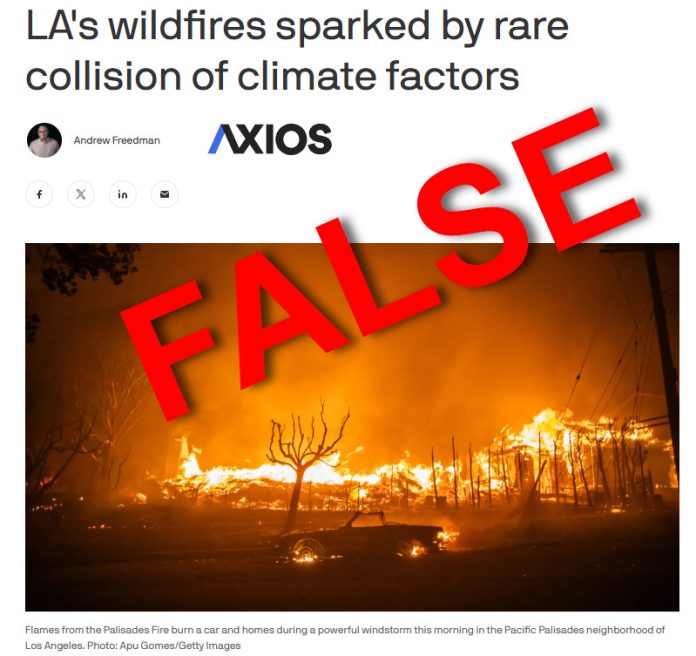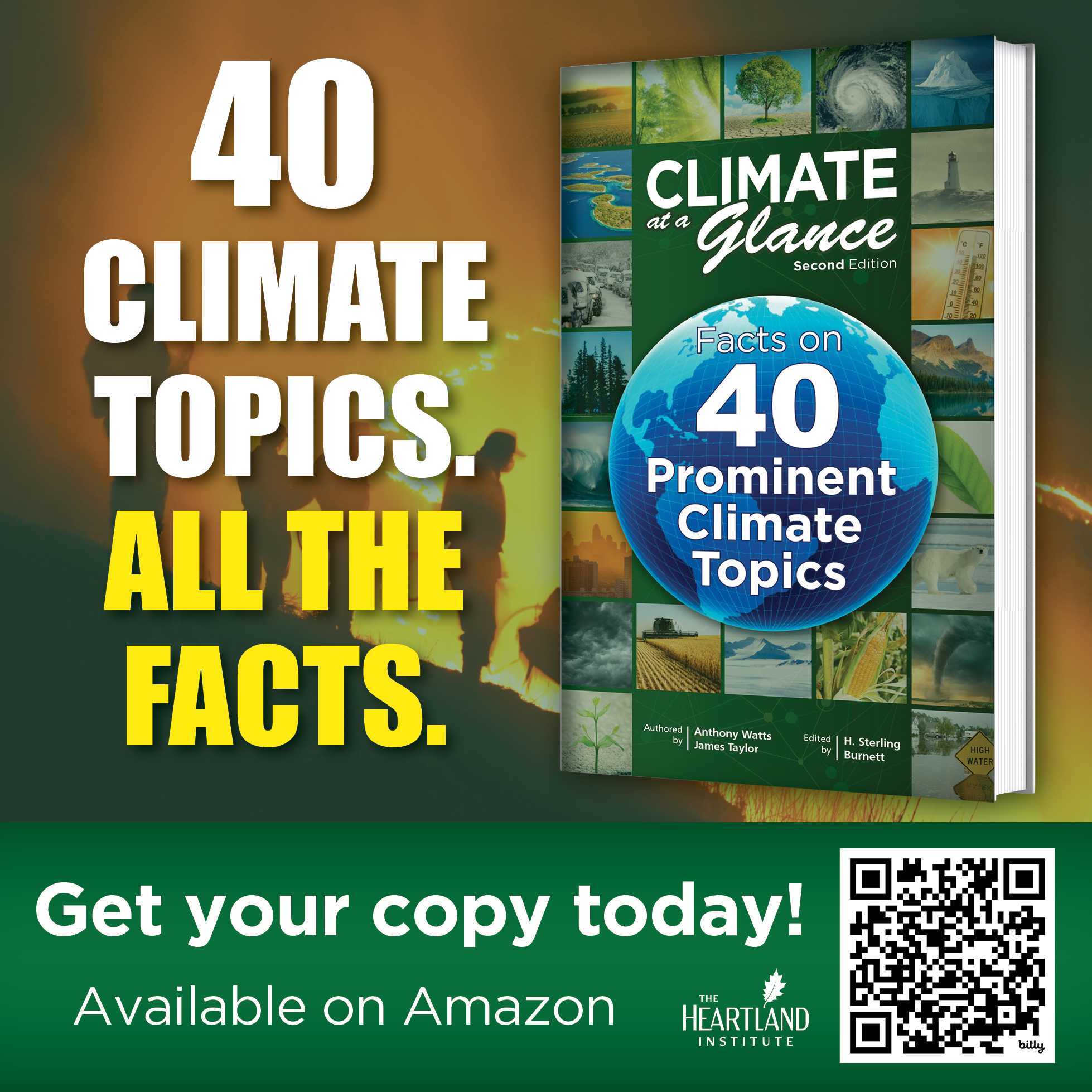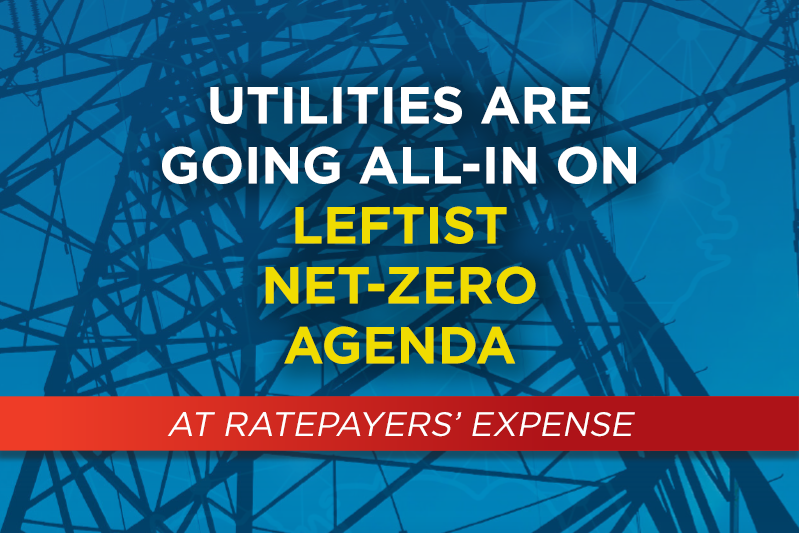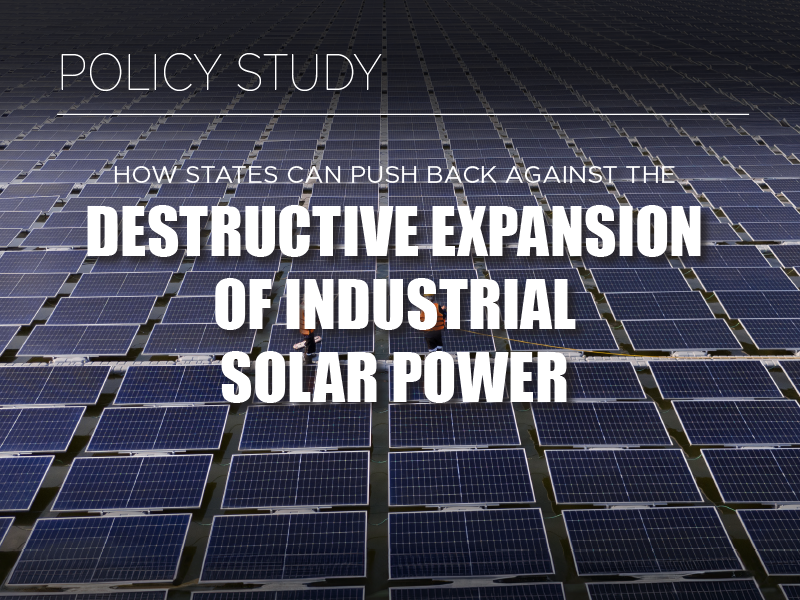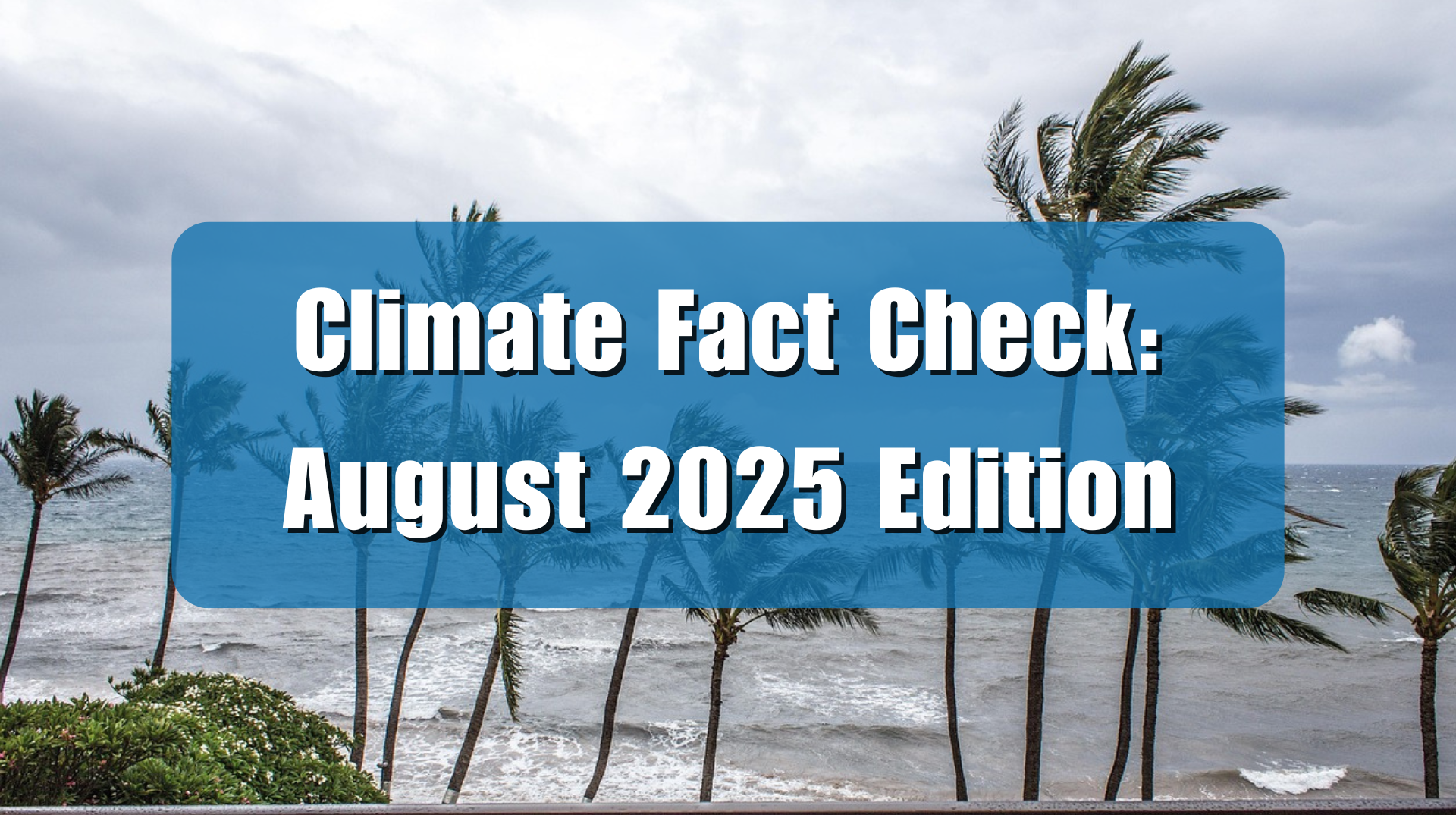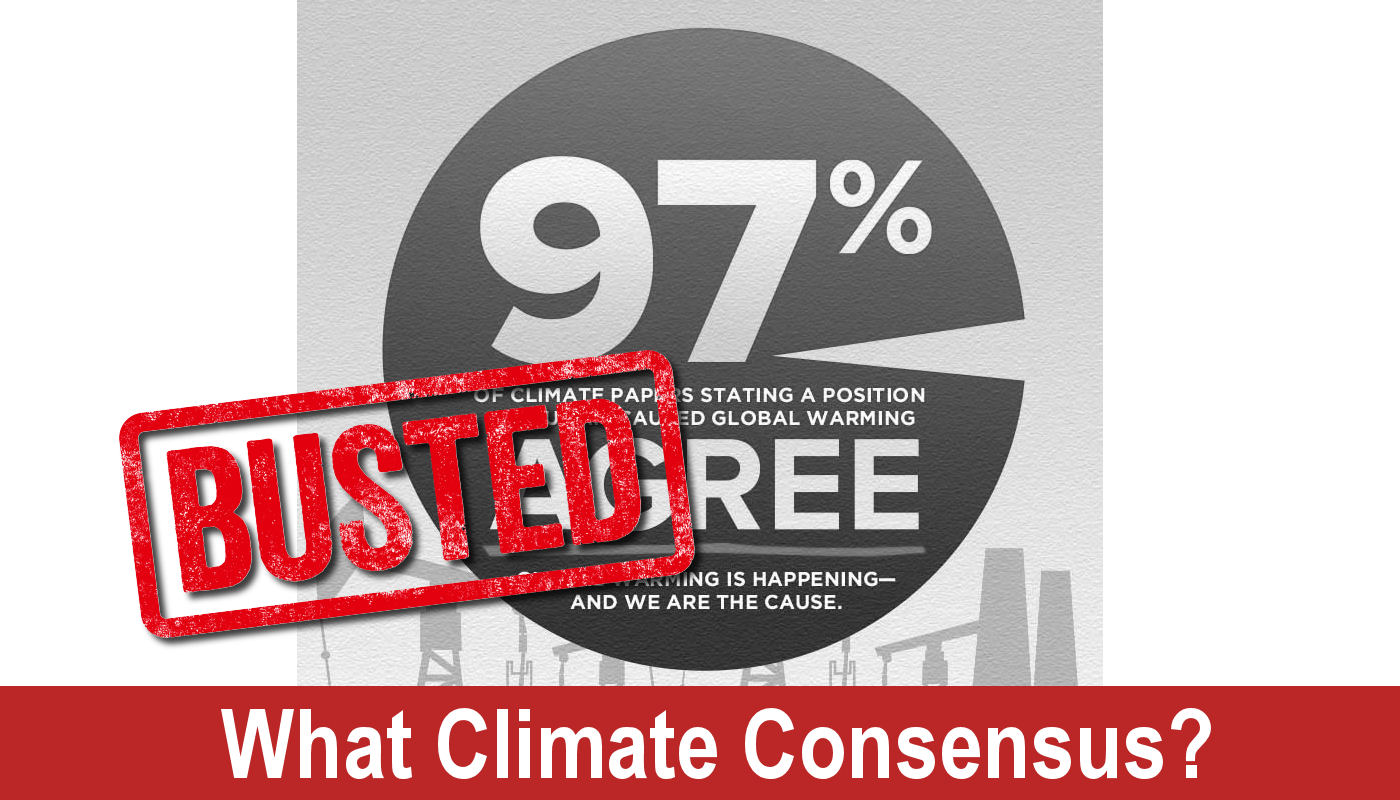The devastating wildfires in Los Angeles have once again become a rallying cry for those blaming climate change for natural disasters. Recent coverage, such as stories in Axios and by the BBC hastily and falsely connect these wildfires to a “rare confluence of climate factors,” a narrative that has become all too familiar. However, any such connection is unsupported by data. As is often the case, linking individual wildfires or even a single year’s wildfires to long-term climate change oversimplifies complex natural events, failing to address the broader context. To truly understand these fires, we must consider history, meteorology, and land management—not just the latest climate narrative.
California has a long history of wildfires, the vast majority of which occurred well before human-induced climate change became a point of discussion. Historical records and studies show that the region has always been prone to cycles of fire. For example, a study published by the U.S. Forest Service highlights the significant role of wildfires in the natural ecology of California, with fire-return intervals ranging from decades to centuries, depending on the ecosystem.
Native Americans set fires to manage vegetation and prevent catastrophic wildfires. However, these practices were abandoned after European settlement, contributing to the accumulation of fuel in forests. Today’s fires, while tragic, fit into a long history of natural and human-influenced fire activity in the region.
The cause? Santa Ana Winds, which is weather, not climate.
The current fires in Los Angeles are largely driven by the infamous Santa Ana winds, a well-documented weather phenomenon. These dry, gusty winds blow from the inland deserts toward the coast, creating the perfect conditions for rapid fire spread. The National Weather Service provides detailed explanations of the Santa Ana winds, describing how they are driven by high-pressure systems over the Great Basin. All it takes is a spark, or an arsonist. to initiate a raging wind-driven wildfire.
In this satellite video below from the Cooperative Institute for Research in the Atmosphere, note how the Santa Ana wind, coming from the Northeast, is fanning the fire, and blowing the smoke out to sea at a rapid pace.
The Axios article frames the fires as being fueled by “climate factors,” but Santa Ana winds have not changed as the planet has warmed and are a textbook example of weather, not climate. Weather describes short-term atmospheric conditions, while climate refers to long-term trends over decades or centuries. To conflate the two is to misrepresent the science.
Another critical factor in California’s wildfire problem is land management. Decades of fire suppression policies have allowed fuel – (aka dead trees, dry brush, and dense vegetation) – to accumulate, creating tinderbox conditions. A report from Cal Fire explains the role of vegetation management in reducing fire risks and outlines how fuel accumulation has made fires more intense
Meanwhile, urban expansion into wildland areas (the so-called wildland-urban interface) places more homes and infrastructure in harm’s way. Studies by the University of California, Berkeley, highlight the challenges posed by housing developments in fire-prone areas.
Historically, fires that would have naturally thinned forests and cleared underbrush were extinguished, leading to denser forests that burn more intensely. These issues receive far less attention than the simplistic claim that “climate change” is to blame.
Why does every natural disaster now seem to come with a climate change label? The media and policymakers have increasingly tied singular weather events—hurricanes, droughts, floods, and now wildfires—to global warming aka climate change. While it’s true that the climate influences weather patterns, the leap to blaming every fire or flood on climate change often skips over critical context.
The Axios article refers to “rare climate factors” but offers little in terms of specifics. Are these factors quantifiable, or are they speculative? Without rigorous data, these claims serve more as hyperbolic talking points than scientific evidence.
Blaming wildfires on climate change might make for an easy headline, but it distracts from real solutions. Improving forest management, enforcing sensible building codes, and investing in early detection and firefighting infrastructure could significantly reduce the risk and impact of wildfires. The Little Hoover Commission, an independent state oversight agency, has been vocal about the need for better forest management practices in California (source). Unblocking and stopping the removal of forest roads, for example, to allow easier access by firefighters to fires in distant wilderness areas before they become large conflagrations that reach populated areas, would be one good policy response to reduce the land, buildings, and lives lost to wildfires. Reinstituting large scale logging on overcrowded forested areas to reduce the fuel available when fires start would be another.
Policies driven by the climate change narrative often prioritize symbolic actions over practical measures. For example, California’s focus on renewable energy mandates and electric vehicles will have little or no impact on either the short- or long-term risks of wildfires. Worse, these policies can siphon resources away from critical fire prevention measures.
California’s wildfires are tragic, but they are not unprecedented. The media’s rush to attribute these fires to climate change reflects a broader trend of politicizing natural disasters, often at the expense of meaningful solutions.
It’s essential to approach the wildfire issue with a clear-eyed understanding of history, science, and policy. The fires in Los Angeles are a reminder not of climate doom, but of the importance of thoughtful land management and disaster preparedness—solutions grounded in reality, not rhetoric.












